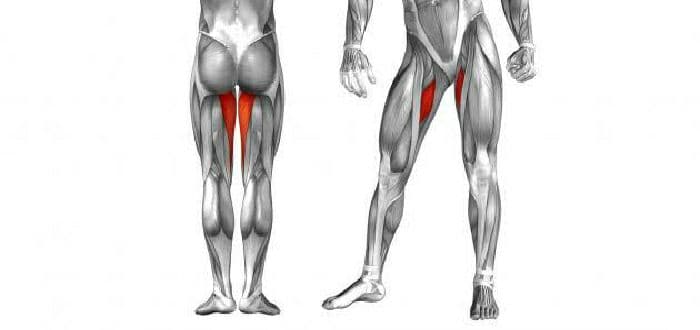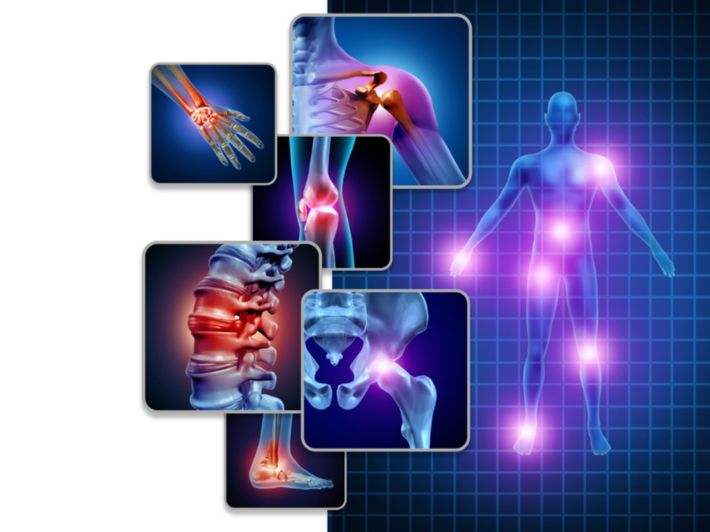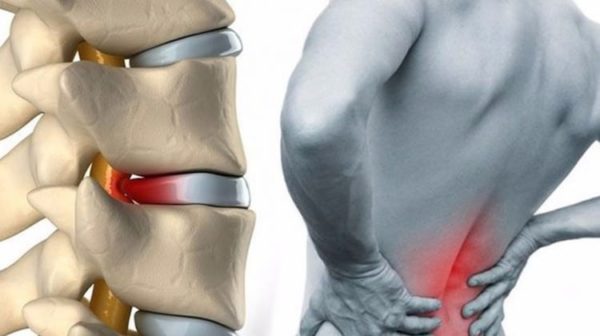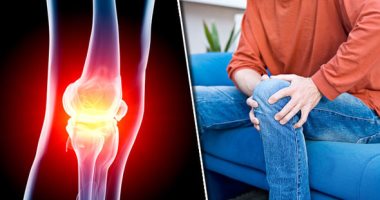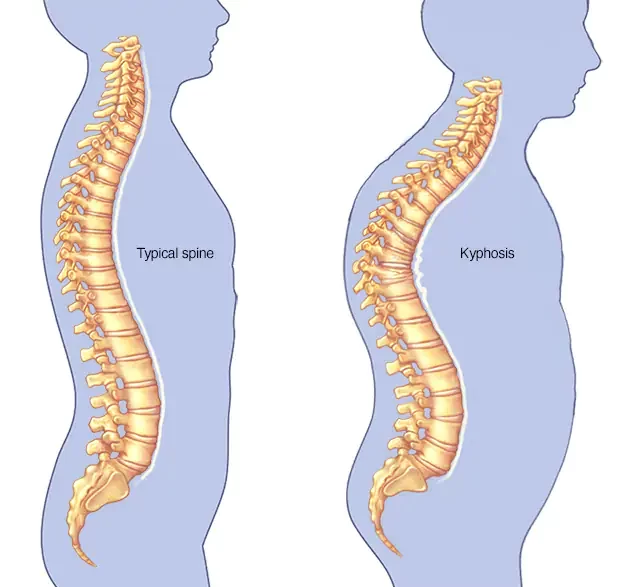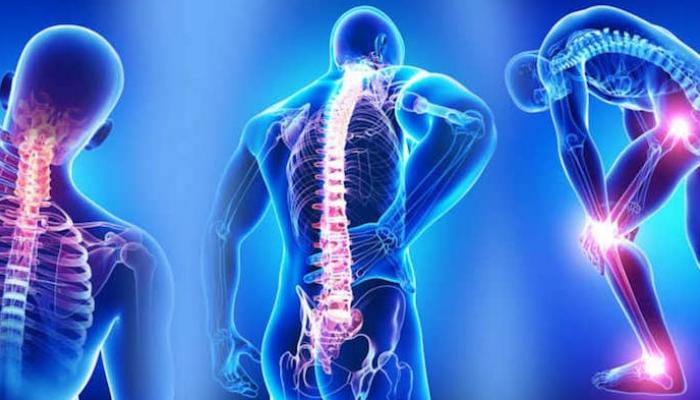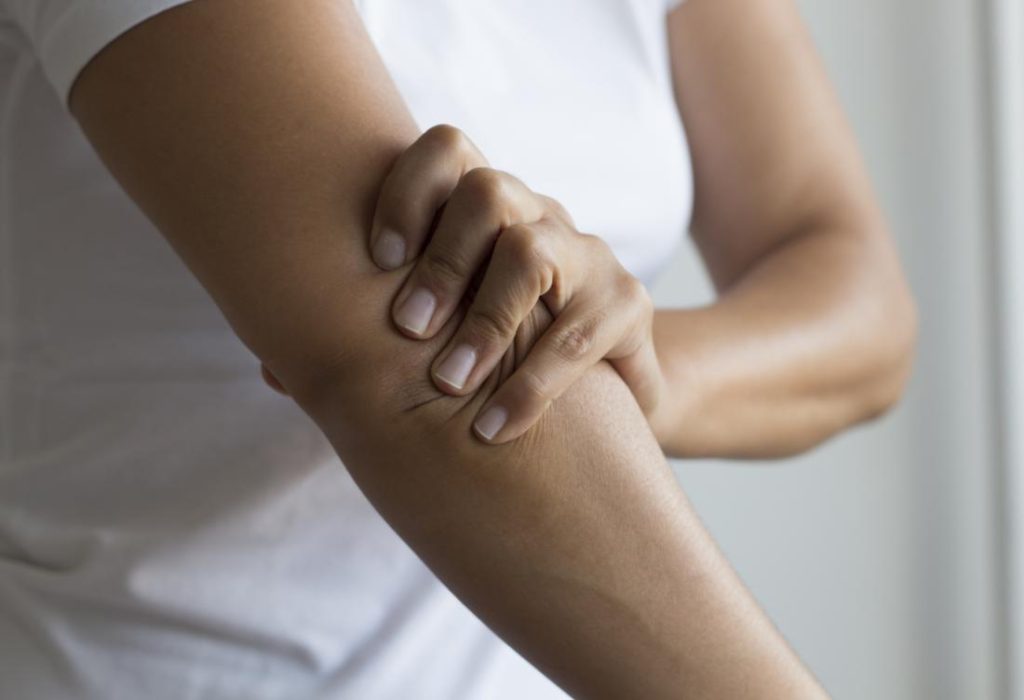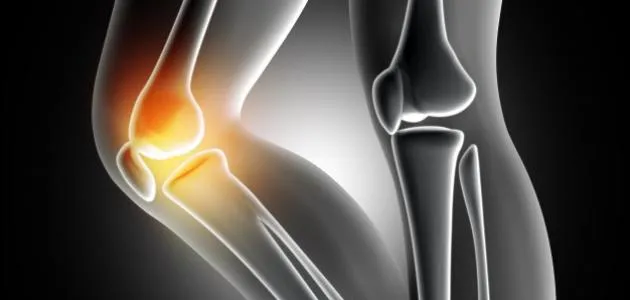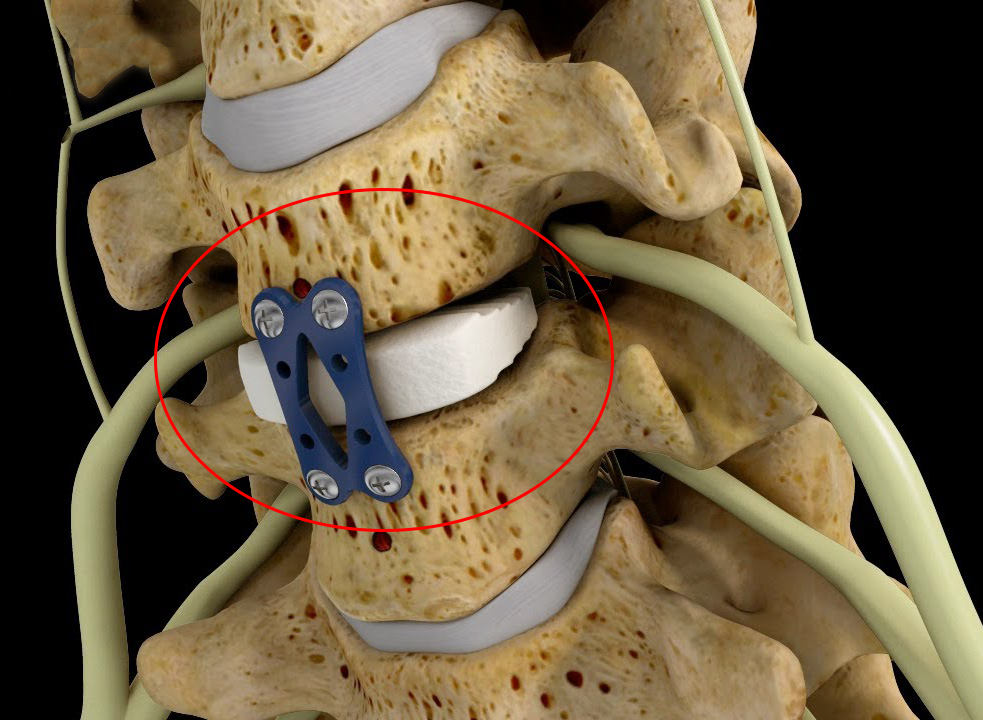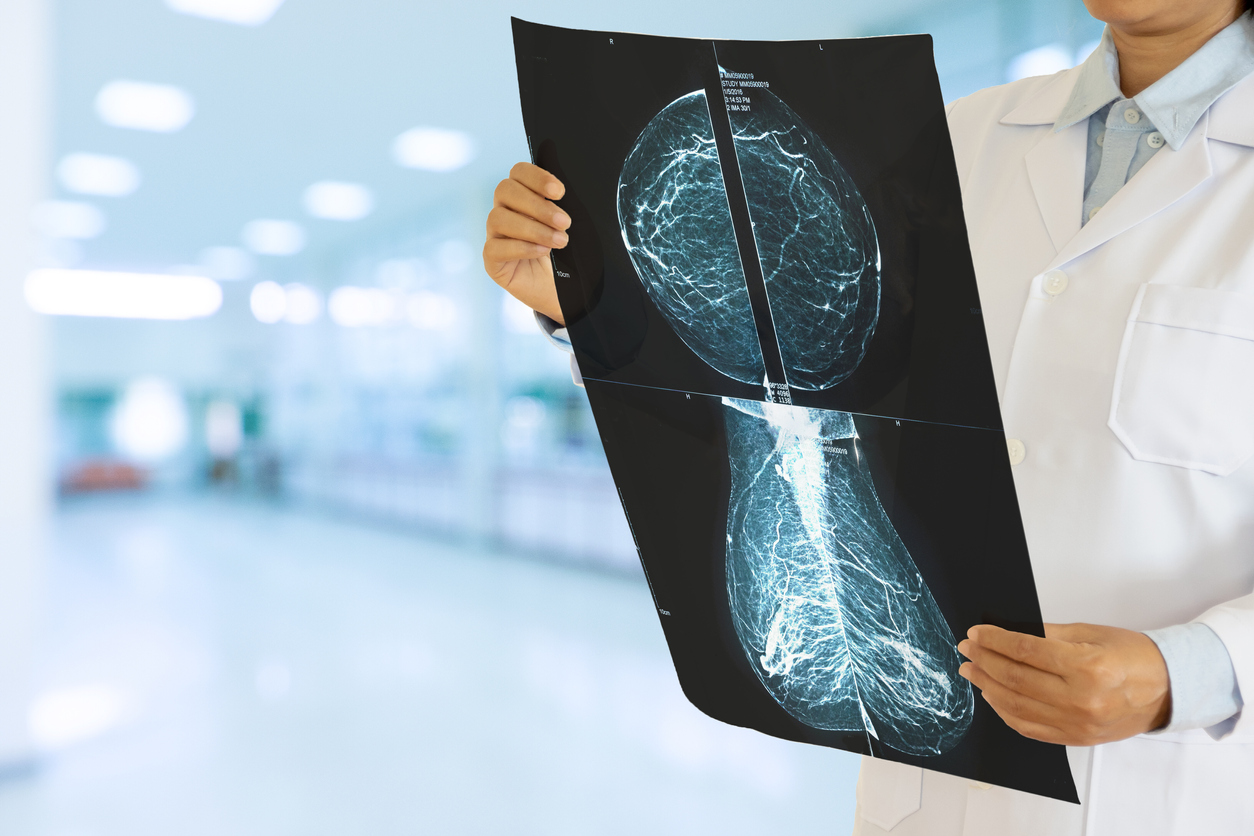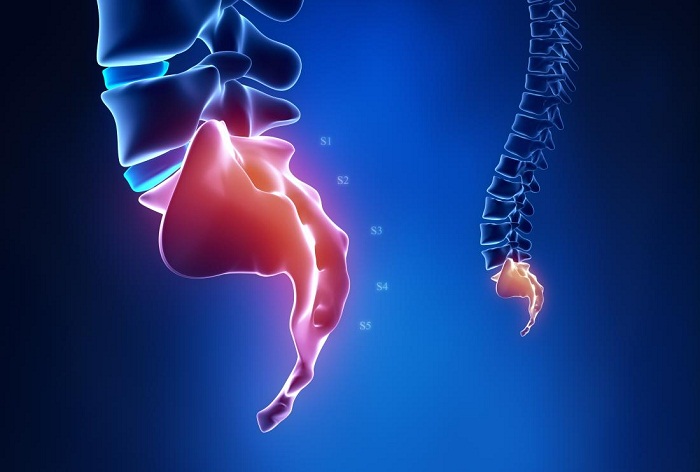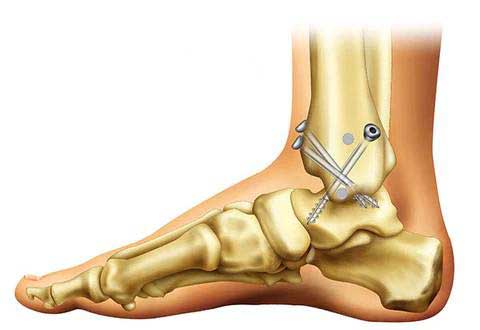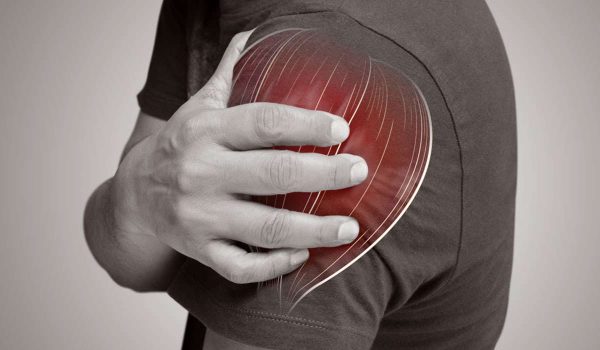What is the difference between rheumatism and rheumatoid?
Many people confuse rheumatism with rheumatoid, and indeed there is more than one difference between them. In this article, a detailed explanation of both diseases, symptoms, and treatment is as follows.
What is rheumatism?
Rheumatic disease is one of the most famous immune diseases that usually occurs because the body attacks its cells and occurs in more than one part of the body, including the heart, skin, joints, and sometimes the eyes and lungs. Rheumatism causes health problems that lead to deformities in the body.
Rheumatism or rheumatoid arthritis is the result of an immune disorder and damage to the tissues of the body, and there is inflammation and swelling in the joints that may reach deformation and bumps. There are more than one cause and symptom that predict the occurrence of rheumatism, and we explain them in the following.
Causes of rheumatism
There is more than one cause that results in rheumatoid arthritis or rheumatism and increases the chance of developing it, as follows:
- Age stage: Age can affect a person’s risk of rheumatism because it increases in middle age and in the elderly.
- Gender of the person: Rheumatism often affects women more than men.
- Genetic history: When rheumatism is present in one or more people in the family, the chances of an infection increase.
- Weight gain: Obesity affects the joints and the body in general, which makes the obese patient more susceptible to rheumatoid arthritis.
- Smoking: Smoking affects the lungs and more than one other organ in the body, which makes it more vulnerable to attack from the immune system, and thus the person suffers from rheumatism.
Symptoms of rheumatic disease
Rheumatism mostly affects middle-aged people, and they may show some symptoms that indicate the disease has penetrated the body, including the following:
- Feeling of general weakness in the body.
- The presence of soreness with normal daily exercise.
- A person has a gradual rise in temperature that reaches a fever without a known cause.
- One or more joints are in severe pain and swelling.
- Infection of the part around the joint with redness that can be seen clearly.
- Feeling stiffness in the affected part and hearing creaking joints.
- Increased difficulty moving from one movement to another, such as switching between standing and sitting.
How to diagnose rheumatic disease
Rheumatoid arthritis can be diagnosed by undergoing x-rays that show the condition of the joints and the stage the patient has reached, and there are some laboratory tests and analyses that the doctor requires from the patient after a clinical examination to accurately diagnose the condition.
The main complications of rheumatic disease
Neglecting the symptoms or delaying the diagnosis of the disease may increase the complications that affect the organs of the body, especially the joints. Among the complications that occur to a rheumatism patient are:
- Increased fragility and weakness in the bones.
- Exposure to deformation and protrusion in the joints and lungs.
- Severe dryness of the eyes and mouth.
- Weakness in the body’s immunity and easy exposure to infection.
Treatment of rheumatic disease
Early detection of the disease and prompt treatment of rheumatism help reduce symptoms and limit the disease’s attack on the body’s organs, but there is no definitive treatment for rheumatoid arthritis so far, and here are some effective treatment methods for rheumatism:
- Natural therapy
Some exercises can help increase the flexibility of the joints and the body’s ability to withstand the effort of daily activities naturally, and this is of course in addition to continuing to take the necessary drugs according to the patient’s condition.
- Use of medications
More than one type of drug that helps reduce swelling and inflammation in the joints, including “NSAIDs” and “steroids”, and there are antirheumatic drugs that work to preserve tissues away from damage and reduce the increase in symptoms of the disease.
- Surgeries
In cases where the disease has increased and affected the internal organs of the body and the joints, in particular, surgery can be performed, and among these operations is a repair of the tendons that have been ruptured in the joint, or the joint membrane can be removed to reduce pain, the joint can be completely replaced in case of damage and deformity.
What is rheumatoid
Rheumatoid arthritis or rheumatoid arthritis is one of the diseases that mainly affect the joints, especially the joints of the hands and knees, and rheumatoid arthritis occurs because the cells attack the protective fluid that surrounds the cartilage in the joint and cause inflammation and swelling.
Corrosion and deformation can occur in the cartilage between the ends of the bones, and this causes protrusions in the joints and friction between the bones, resulting in severe pain in movement and difficulty in carrying out daily activities normally, rheumatoid arthritis is one of the chronic diseases, and the speed of discovery and the beginning of treatment reduces its complications.
What are the causes of rheumatoid arthritis?
There are more than one reason that increases the possibility of a person developing rheumatoid arthritis, which are:
- The age factor can affect the chances of developing rheumatoid arthritis, and the chances increase in the elderly and those with chronic diseases.
- A lot of research has been done on delaying sex on rheumatoid arthritis and it has been shown that women are more susceptible than men of the same age.
- The presence of a person or an infected person in the family of a rheumatoid patient can be a cause of infection.
- Having a significant increase in weight affects the joints and increases their damage, which exposes the body to rheumatoid arthritis.
- Research has indicated that smokers and those who are in contact with them are more at risk of rheumatoid disease.
What are the symptoms of rheumatoid arthritis?
Symptoms of rheumatoid arthritis or rheumatoid arthritis can be similar to other diseases, including fever or general fatigue in the body, but there is more than one other sign that occurs to a rheumatoid patient, including:
- A feeling of extreme fatigue in the joints and extreme stress when doing some normal activities.
- Swelling in the joints as a result of increased fluid around them, accompanied by pain.
- As a result of the swelling in the joint, redness affects the skin around it.
- Hearing crackling joints when moving, especially early in the morning.
- Joint stiffness in the body and pain that increases over time.
- In advanced cases of the disease, the person suffers from osteoporosis.
How is rheumatoid arthritis diagnosed?
There is more than one procedure that the doctor takes to diagnose rheumatoid arthritis and determine the patient’s condition, including the following:
- The use of X-ray to diagnose the disease and follows the clinical examination of the patient.
- Use of blood and immune system tests.
- Use of rheumatoid factor and erythrocyte sedimentation rate assays.
What are the ways to treat rheumatoid arthritis?
No definitive treatment for rheumatoid arthritis has been discovered yet, but there are a number of treatment methods that reduce symptoms and limit the spread of the disease in the joints of the body, including:
- Use of medications
Doctors prescribe to patients with rheumatoid arthritis more than one type of drug, including those that reduce pain and inflammation, and antirheumatic drugs. The doctor also gives drugs that inhibit some enzymes that increase the spread of the disease.
- Physical therapy
By strengthening the muscles and working to increase the softness and flexibility of the body through the exercises prescribed by the physiotherapist, the body can be preserved from increasing the damage caused by rheumatoid disease.
- Surgery
Surgical procedures such as joint replacement surgery and others can be resorted to in order to relieve pain and reduce pressure on the affected joints.
How to prevent rheumatoid disease
There are many tips and instructions explained by doctors specializing in joint diseases in order to reduce the risk of rheumatoid and rheumatic diseases, as follows:
- Maintaining a healthy weight and a balanced diet helps the body avoid disease.
- Exercising regularly helps to strengthen the muscles and flexibility of the body.
- Quitting smoking and staying away from smokers helps reduce the risk of rheumatoid arthritis.
What is the difference between rheumatism and rheumatoid?
There is more than one difference between rheumatism and rheumatoid arthritis, including:
- Rheumatism and rheumatoid are immune diseases that affect the body’s inflammation as a result of the body attacking the cells.
- Rheumatism usually affects more than one organ in the body, including the heart and lungs.
- Rheumatoid arthritis usually occurs in the joints, including the joints of the hands and knees.


